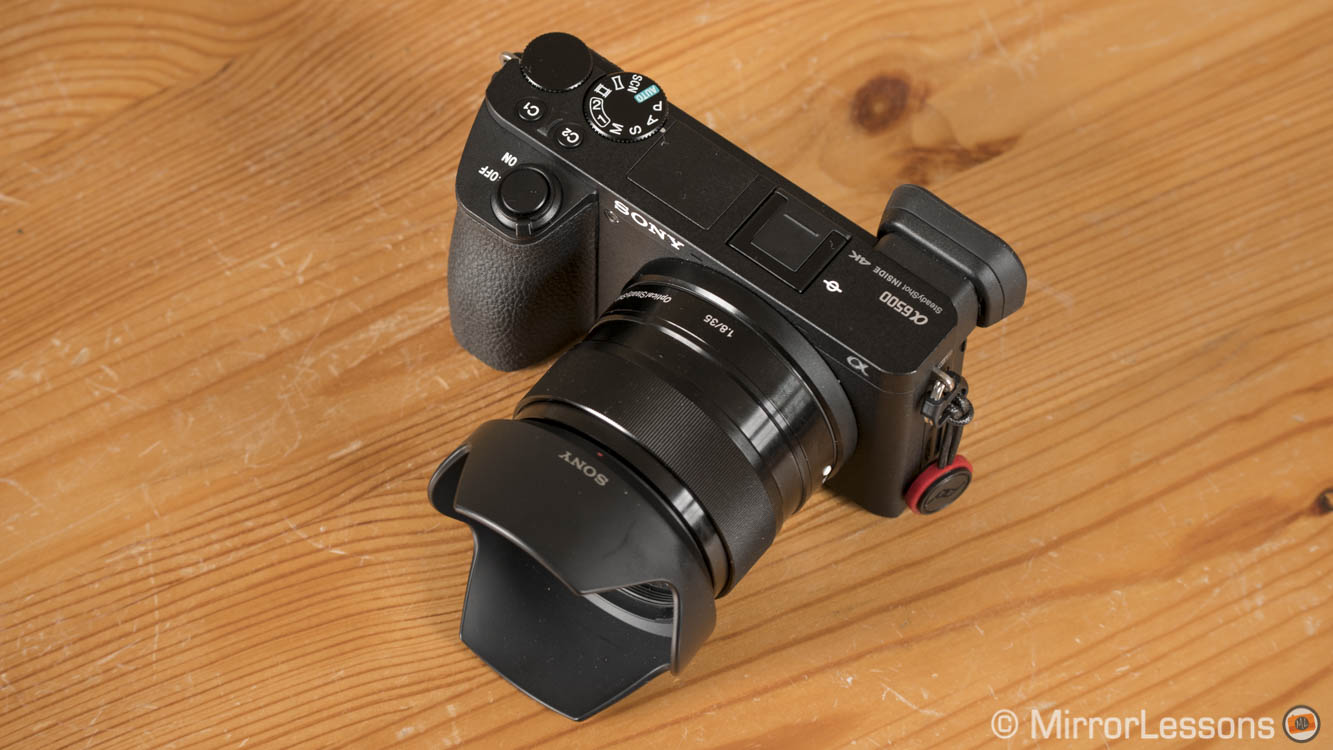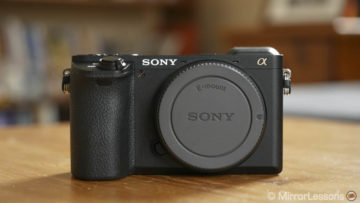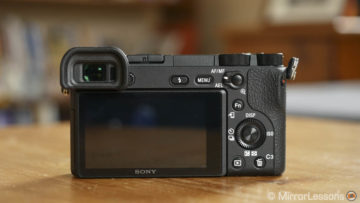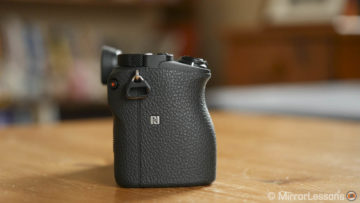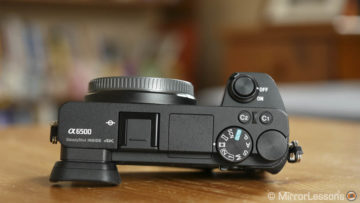The Sony a6500 surprised everyone when it was announced only six months after the a6300. Though nearly identical in appearance and specifications, the new camera adds 5-axis stabilisation and a larger buffer memory while improving the overheating issue when recording in 4K. These and a couple of other small improvements make the a6500 the flagship APS-C mirrorless camera for the E-mount system. Following more than two months of testing, we can finally present our complete review of the camera to you.
Ethics statement: We bought the Sony a6500 for review purposes. We were not asked to write anything about the camera, nor were we provided with any other compensation of any kind. Within the article, there are affiliate links. If you buy something after clicking the link, we will receive a small commission. Don’t worry – prices remain the same for you. To know more about our ethics, you can visit our full disclosure page. Thank you!
Main Specs
- Sensor: 24 MP APS-C Exmor CMOS
- Lens system: e-mount
- Weatherproof: Dust and moisture
- Image Stabilisation: Yes (5-axis sensor shift)
- Autofocus: Hybrid with 425 phase and 169 contrast detection points
- Continuous shooting: 11fps to 3fps (S-AF and C-AF)
- ISO Sensitivity: 100 – 25600 ISO (push 51200)
- Shutter Speeds: 1/4000 to 30 seconds
- Viewfinder: OLED with 2,359k dots, approx. 100% FOV, 23mm eyepoint, max. 120fps and 0.70x magnification
- Rear monitor: tilting touch sensitive 3″ LCD monitor (921k dots)
- Movie recording: XAVC S 4K at 100mbps and up to 30fps, Full HD at 50mbps and up to 120fps
- Built-in Flash: Yes
- Extra Features: WiFi, NFC, Bluetooth, Panorama
- Dimensions: 120 x 66.9 x 53.3mm
- Weight: 453g (including battery and memory card)
- Firmware version when tested: 1.02
Video Review
Table of Contents:
- 1:30 – What I like the most: autofocus and speed
- 5:56 – What I like: image quality
- 8:05 – What I like: video capabilities
- 10:49 – Mixed feelings: design and functionality
- 14:03 – What I find disappointing: image stabilisation
- 15:47 – Conclusion
Summary of our findings
- Design and ease of use: I’ve always had mixed feelings about Sony cameras and the a6500 is no exception. I like the small and lightweight form factor, the new grip, the amount of customization (8 custom buttons and function menu with 12 slots) and the memory recalls which I use to quickly switch from stills to the movie mode with my favorite settings. However the rear control wheel moves too freely and lacks precision, the movie recording button is too small and the new menu system is a good but not perfect improvement. The EVF is good but a little on the small side in comparison to the competition (0.39-inches). I also wish Sony could re-design the whole PlayMemories store concept and integrate some functions like timelapse for free, like all the other brands do.
- Image quality: nothing to declare here, the 24MP APS-C sensor is one of the best on the market with excellent dynamic range and good ISO performance up to 12800. The colours aren’t always my favourite but some settings like Light or Autumn Leaves can give you nice results. For the most demanding of photographers, an uncompressed or lossless compressed option for the RAW files would be welcome.
- Autofocus: the Sony a6500 and Fuji X-T2 have the best autofocus of any mirrorless system, though that may change with the arrival of the Sony A9, which we’ve yet to test. The 425 phase detection points do wonders for stills and video. EyeAF is still the best eye detection focus system I’ve used and it even proved reliable during a Comic Con event where make-up and partial masks didn’t trouble the camera at all. I’ve used the a6500 for motorsports and birds in flight and the keeper rate was always excellent. Touch AF is very well-integrated with many clever options. The AF Pad (using the rear screen while composing with the EVF to change the focus point) is precise. Unfortunately for someone like me who uses his left eye to compose, I still prefer to disable it for action as my nose tends to touch the screen, confusing the AF.
- Continuous shooting and buffer: shooting at 11fps with AE and AF Tracking is very useful but I rarely felt the need to go beyond 8fps because the latter gives me an uninterrupted live view in the EVF/LCD. The buffer memory is a great step forward in comparison to the a6300 and allowed me to shoot for more than 10s straight with RAW and almost indefinitely with Fine JPGs.
- Video capabilities: as always with Sony cameras, the video capabilities are excellent. 4K footage is very sharp and crisp, noise performance is great up to 6400 and is even usable at 12800. The Picture Profiles give you better dynamic range and of course you have the Log options (S-Log2 and S-Log3). In Full HD you can record up to 120fps for nice slow motion footage. Overheating when recording in 4K is improved thanks to a new setting that “forces” the camera to keep recording. That being said, the camera still gets fairly hot.
- Image Stabilisation: the only real disappointment for me. Certainly if you use non-stabilised lenses, you get a welcome 3-stop advantage but it isn’t as impressive as other mirrorless systems. If you mount OSS lenses, there is only a minute advantage despite the fact that the camera combines optical and sensor stabilisation. The same findings are valid for video too.
Our Verdict
The Sony a6500 is a great camera if we consider the image quality, autofocus performance and video capabilities that include professional 4K quality and excellent slow motion capabilities. Like its predecessor, the design and overall usability is decent but there is still room for improvement.
Then we have the elephant in the room: the a6300. The two cameras are so similar in so many ways that it is difficult to choose between them.
The 5-axis stabilisation on the a6500 only makes a difference with non-stabilised lenses. If you use Sony OSS lenses, you aren’t losing much by choosing the a6300. That is valid for video as well. You get better buffer capabilities and a few additional settings here and there but if you are on a budget, I would not hesitate to recommend the a6300 instead given the difference in price.
To conclude, I can’t ignore the possibility that Sony could implement some of the a6500’s new settings onto the a6300 via firmware upgrade at some point, such as the new menu system or the new metering modes
Update: Sony released a firmware for the a6300 (version 2.0) that implements the same overheating control setting found in the a6500. This improves the recording duration in 4K for a6300 users.
Check price of the Sony a6500 on B&H Photo | eBay
Sample Images










